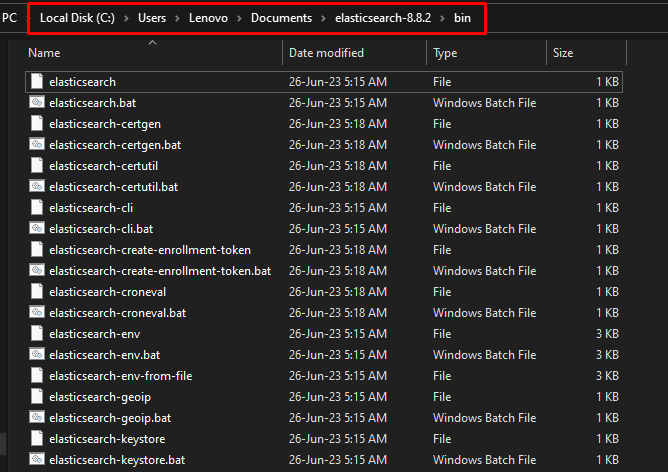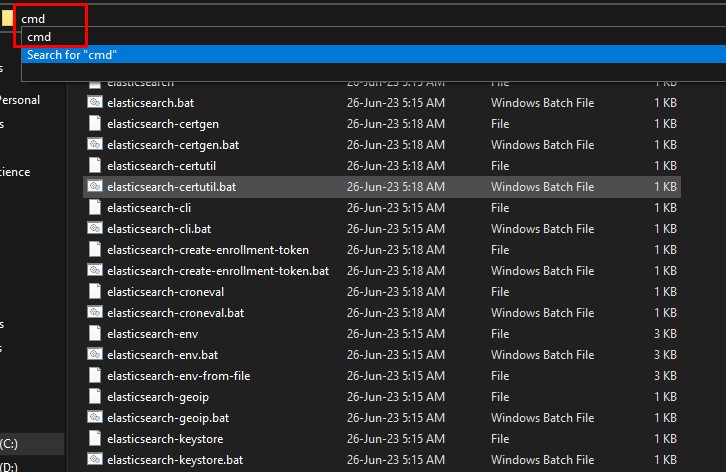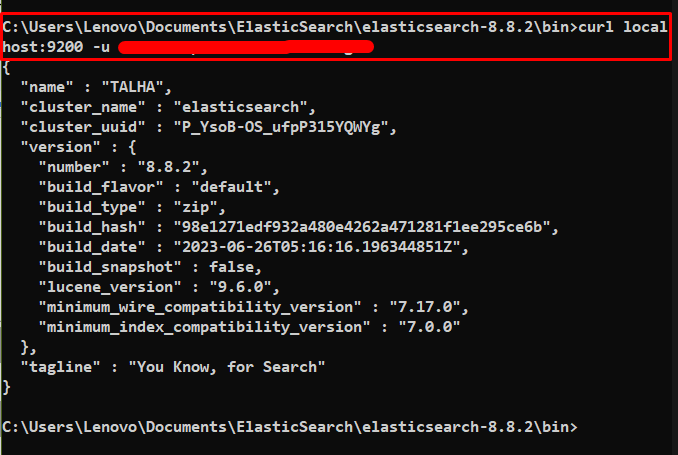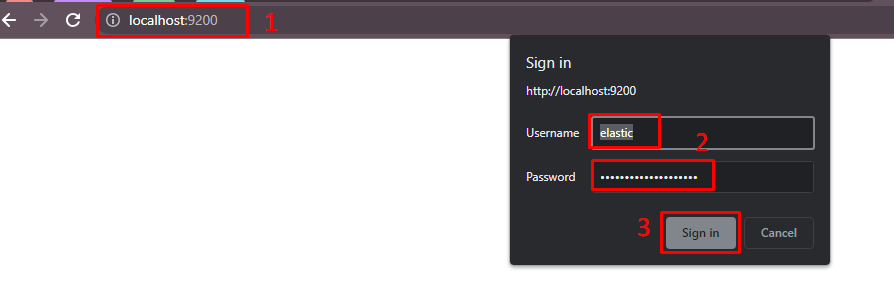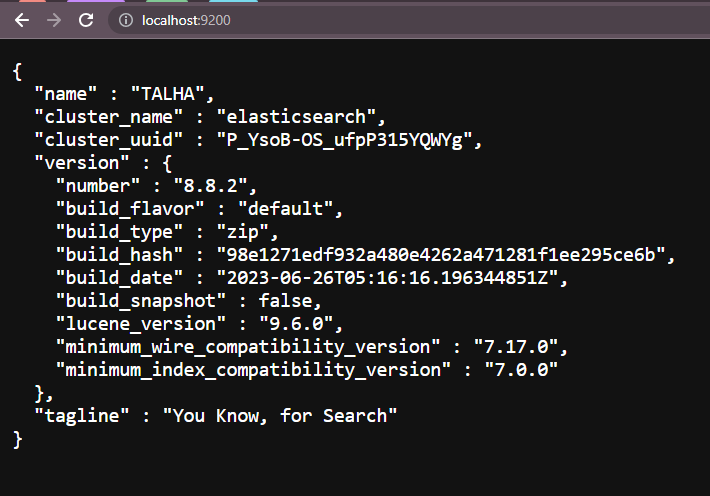Elasticsearch is a search engine and analytics database to visualize data in the form of graphs and charts using different tools. It enables the user to store data in the database and search the information from it to perform actions based on the information. Elasticsearch performs efficient searches to get the desired data from the data in real time in the form of pictorial representations.
Before learning the client node, we need to understand a few Elasticsearch concepts or components which are necessary for learning Elasticsearch nodes.
Pre-requisite Information
Some of the important concepts of Elasticsearch to gain useful insights from the data in real-time are as follows:
Node
A node is started when the user is connected to the Elasticsearch and it is used to store data in Elasticsearch. A node is a server inside the cluster and it participates in its indexing and search capabilities.
Cluster
A cluster is a connection of connected nodes and if a single node is created it means that one cluster is running with a single node and a cluster can contain one or multiple nodes inside it.
Shard
A Shard is a piece of data stored in the node and each piece of shard can contain an “x” number of documents in it. Document here refers to the row in the database so the shard contains “x” number of rows that are stored in a database:
Types of Nodes
Elasticsearch nodes can be of many types but here we can explain three of them to understand the client node in the Elasticsearch engine:
Master Node
The master node is used to create and delete clusters on the Elasticsearch engine and it helps in managing these nodes to import shards in different nodes.
Data Node
The data node only stores the shards containing documents that have been indexed by the user stored in it.
Client Node
A node that is neither a Master node nor a data node is considered the client node. It works as the load balancer to navigate/route the requests and searches to the right nodes:
What is Elasticsearch Client Node?
The client node is simply a node that is not master and not a data node that can be created when the cluster=false and data=false. The user can open the client node in the HTTP ports as the user has to perform searching and indexing of the cluster through the client node.
How to Run an Elasticsearch Node?
To run an Elasticsearch node, simply visit the “bin” directory of Elasticsearch from the on-premises system:
Click on the path tab and type the “cmd” keyword to open the Windows Terminal from that directory:
Connect to Elasticsearch
Connect to Elasticsearch using the following command to start the Elasticsearch engine inside the “bin” directory:
After connecting to Elasticsearch, use the following command after changing the user password to verify that the node is running with a cluster name:
Sign in to Elasticsearch
Type the following path on the web browser and type the username with the password to “Sign in” to Elasticsearch:
The following screenshot displays the detail of the “elasticsearch” cluster:
That is all about the Elasticsearch client node and the process to run a node in Elasticsearch.
Conclusion
Elasticsearch enables the user to store data in the analytics database and then extract it using queries on Elasticsearch. A node is a storage area that is automatically created when a user connects to Elasticsearch or creates a cluster. A node can be of several types like a Master, or Data node and if the node is neither master nor data then it is a client node. This guide has explained the Elasticsearch client node and the process of creating a node in Elasticsearch.



